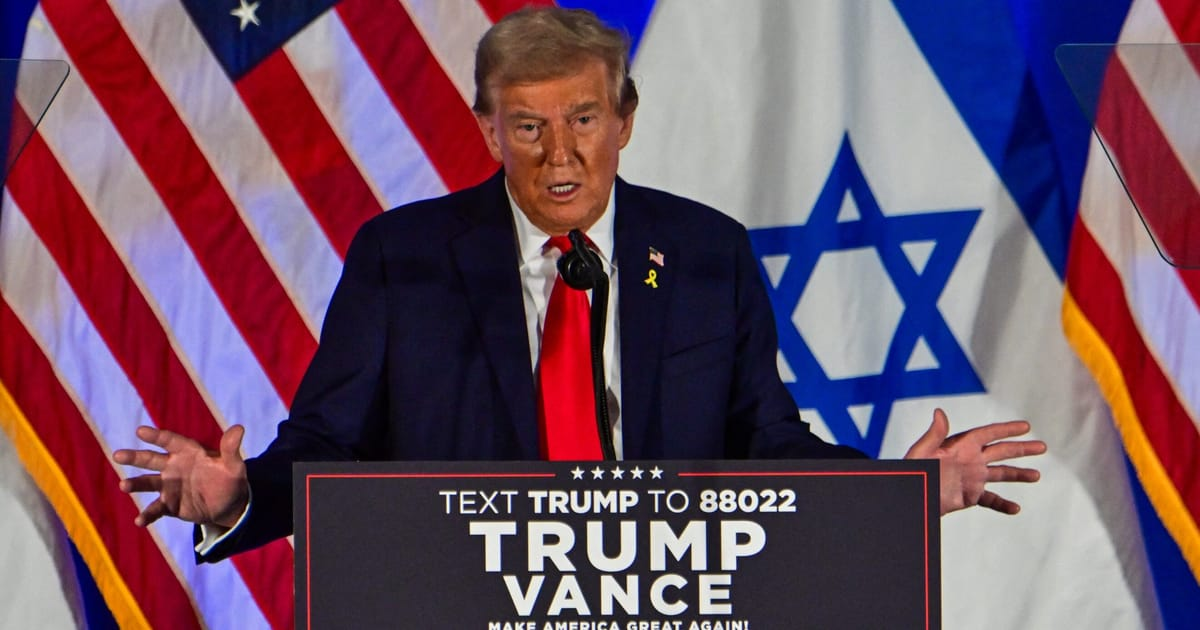In a recent interview, former U.S. President and Republican presidential candidate Donald Trump shared his vision for the future of Gaza, a region ravaged by conflict and destruction. Trump suggested that Gaza, if rebuilt properly, could surpass Monaco in terms of beauty, prosperity, and livability.
This optimistic outlook follows a year of devastating conflict between Israel and Gaza, which has left the coastal enclave in ruins. Despite the challenges, Trump’s remarks have sparked a conversation about the possibilities for Gaza’s future if peace and reconstruction efforts are prioritized.
The Potential of Gaza’s Location: “Best in the Middle East”
One of the main arguments made by Trump during his interview with conservative radio host Hugh Hewitt was Gaza’s strategic and geographical potential. Trump emphasized that Gaza’s location along the Mediterranean coast could make it a prime destination if it were redeveloped and its resources properly managed.
Read : Israel Bombed Over 40,000 Hamas Targets in Gaza in One Year of War
He described the enclave as having “the best location in the Middle East, the best water, the best everything,” suggesting that Gaza’s natural advantages could be harnessed to create a thriving economic hub akin to Monaco.
Gaza’s Mediterranean coastline indeed offers significant potential for development. With its proximity to Europe, North Africa, and the rest of the Middle East, Gaza is positioned at a crossroads of trade routes, making it a prime candidate for future economic growth.
If the region were to be rebuilt with a focus on infrastructure, tourism, and commerce, it could become a bustling economic center, attracting investment from around the world.
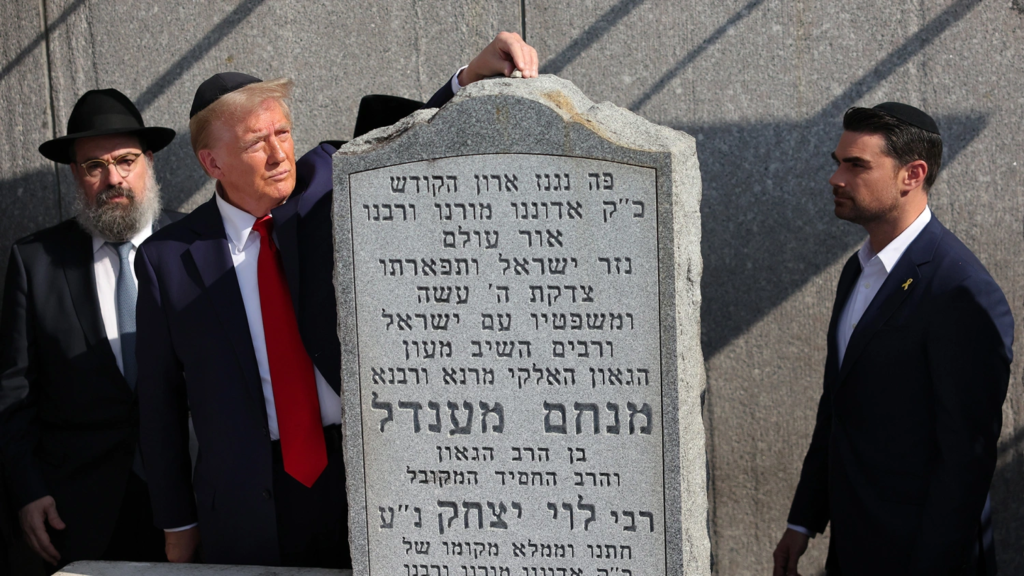
Trump’s vision for Gaza echoes comments made by his son-in-law Jared Kushner earlier this year, who highlighted the potential value of Gaza’s waterfront property. Kushner, who played a key role in the Trump administration’s Middle East peace efforts, suggested that Gaza’s location could be transformed into an economic asset.
However, these optimistic views contrast sharply with the current reality on the ground, where ongoing conflict and political instability have left the region in dire need of humanitarian aid and reconstruction.
The Devastating Impact of Conflict: Rebuilding from Ruins
While Trump’s comments about Gaza’s potential offer a hopeful perspective, the reality of the situation is far more complex. Gaza has been devastated by a yearlong military offensive by Israel, which has included airstrikes and a ground invasion.
According to the United Nations, a quarter of Gaza’s buildings have been destroyed or severely damaged, and more than 40,000 Palestinians have been killed. The conflict has also displaced 75 percent of Gaza’s population of 2.3 million, leaving millions of people without homes, access to clean water, or basic infrastructure.
The U.N. and World Bank have estimated that the cost of rebuilding Gaza’s critical infrastructure will amount to $18.5 billion. This includes the reconstruction of homes, schools, hospitals, roads, and other essential services that have been destroyed during the conflict.
The international community has called for immediate humanitarian aid and a long-term plan for rebuilding Gaza, but the challenges are immense, given the ongoing conflict and political tensions in the region.
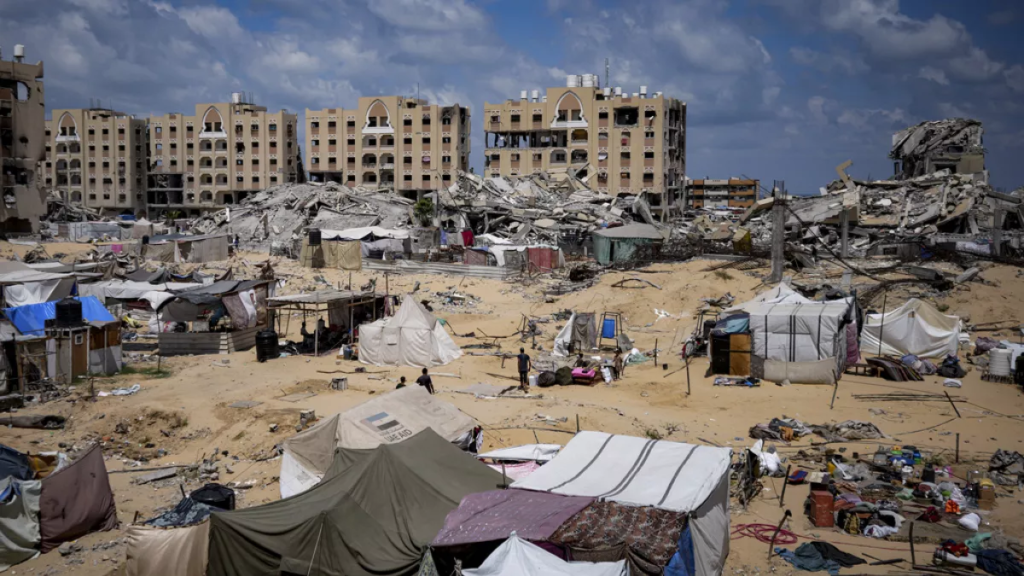
Rebuilding Gaza will require not only financial investment but also a commitment to peace and stability. The region has been at the center of conflict for decades, and any effort to rebuild must be accompanied by a sustainable peace agreement that addresses the underlying political issues between Israel and Palestine.
Without a lasting peace, it will be difficult to attract the necessary investment and resources to rebuild Gaza and unlock its potential.
Moreover, the humanitarian crisis in Gaza is worsening. The blockade imposed by Israel, combined with the destruction caused by the conflict, has left the region’s economy in shambles.
Many residents lack access to basic necessities, such as clean water, electricity, and healthcare. Rebuilding Gaza will not only involve physical reconstruction but also addressing the urgent humanitarian needs of its population.
A Vision for the Future: Challenges and Opportunities
Despite the immense challenges, Trump’s comments highlight the potential opportunities for Gaza if it were to be rebuilt with the right resources and vision. Drawing parallels to Monaco, Trump envisions Gaza as a potential Mediterranean haven for tourism, luxury real estate, and commerce.
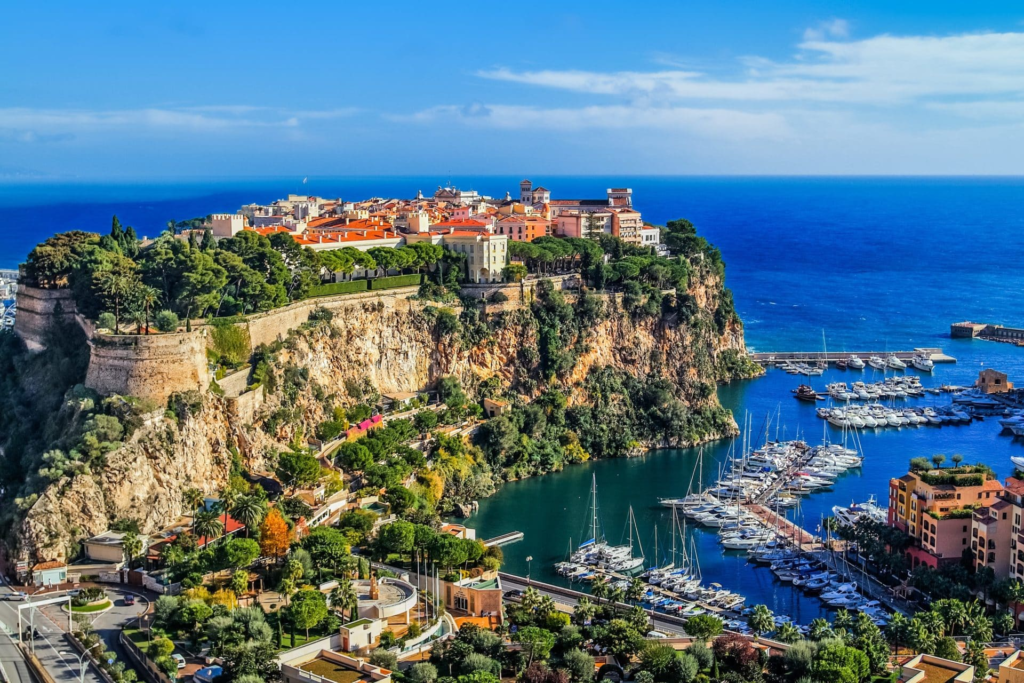
Monaco, a small principality on the French Riviera, is known for its wealth, luxury, and tax advantages, making it a magnet for the world’s super-rich. While Gaza’s current situation is far removed from this reality, Trump’s vision suggests that, with the right investment and development, the region could become a thriving economic hub in the future.
However, transforming Gaza into a prosperous region will require overcoming significant obstacles. First and foremost, peace and stability are prerequisites for any meaningful reconstruction efforts.
Without a political resolution to the conflict between Israel and Palestine, it will be difficult to create the conditions necessary for economic growth and development in Gaza. The ongoing violence and instability have deterred investors and prevented the region from reaching its full potential.
Secondly, rebuilding Gaza will require a comprehensive and coordinated international effort. The cost of reconstruction is staggering, and Gaza will need significant financial support from the global community to rebuild its infrastructure and economy.
International organizations, governments, and private investors will all need to play a role in financing and supporting Gaza’s recovery.
Furthermore, the political and economic blockade imposed by Israel on Gaza will need to be addressed. The blockade has severely limited Gaza’s access to essential goods, services, and trade, crippling the region’s economy and exacerbating the humanitarian crisis. Lifting the blockade and allowing for the free flow of goods and people will be critical to Gaza’s future development.
Despite these challenges, there are also significant opportunities for Gaza’s future if it can achieve peace and stability. The region’s natural beauty, rich history, and strategic location offer the potential for tourism, trade, and commerce. If rebuilt properly, Gaza could attract international investors and businesses, creating jobs and economic opportunities for its residents.
In addition to tourism and commerce, Gaza’s location along the Mediterranean could make it a hub for renewable energy, particularly solar and wind power. Investing in sustainable energy infrastructure could help address the region’s chronic electricity shortages while also creating jobs and promoting economic growth.
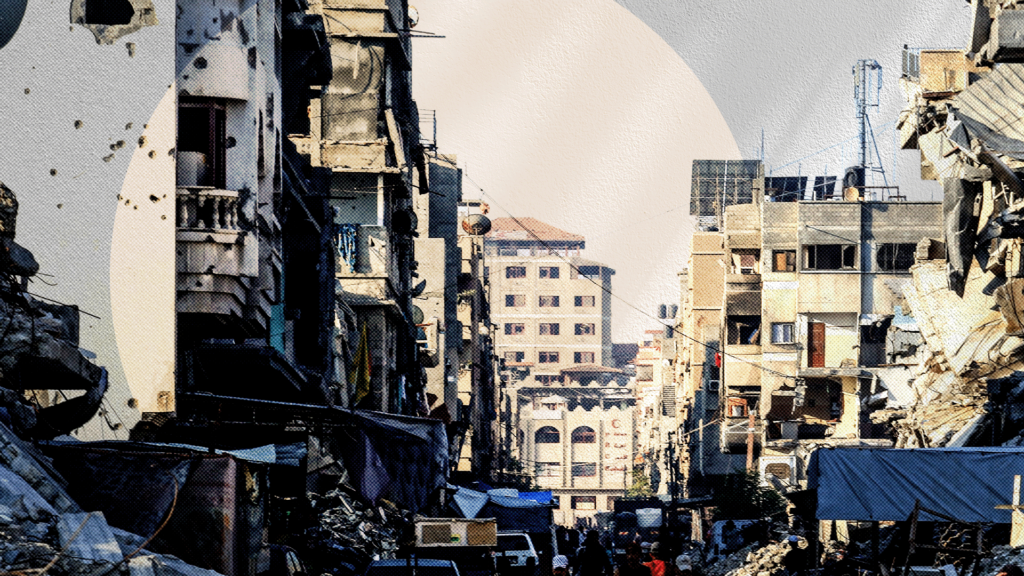
Donald Trump’s vision of Gaza becoming “better than Monaco” may seem far-fetched given the current state of the region, but it offers a glimpse into what could be possible if the right conditions for peace and development are met.
Gaza’s geographical location, natural resources, and potential for tourism and commerce make it a region with significant untapped potential. However, realizing this vision will require overcoming the immense challenges posed by ongoing conflict, political instability, and the humanitarian crisis.
Rebuilding Gaza will not be an easy task, but with the support of the international community and a commitment to peace, it is possible to create a brighter future for the region.
The road to recovery will be long, but if Gaza can achieve stability and attract the necessary investment, it has the potential to become a thriving Mediterranean hub, offering hope and opportunity to its millions of residents.

